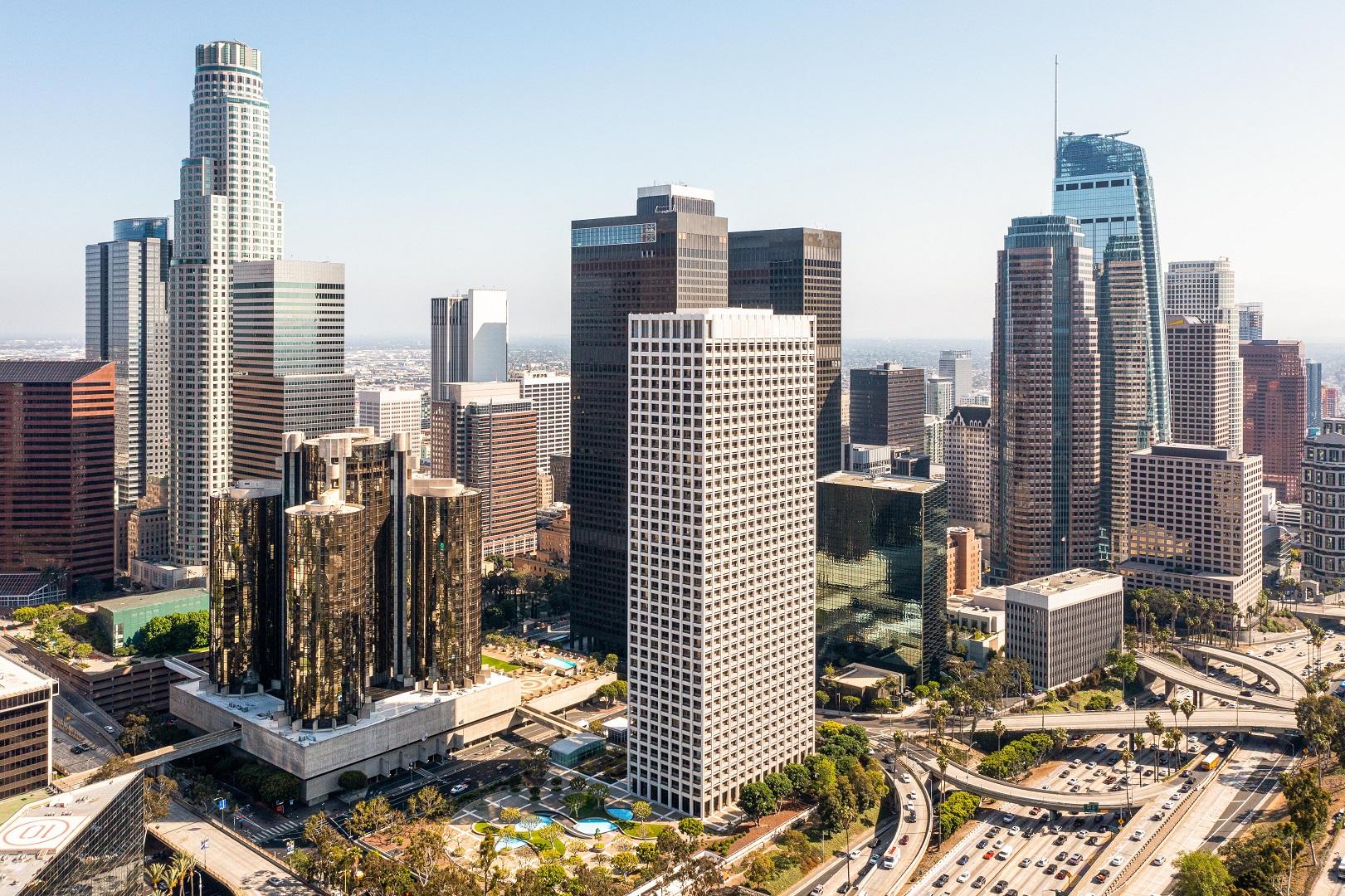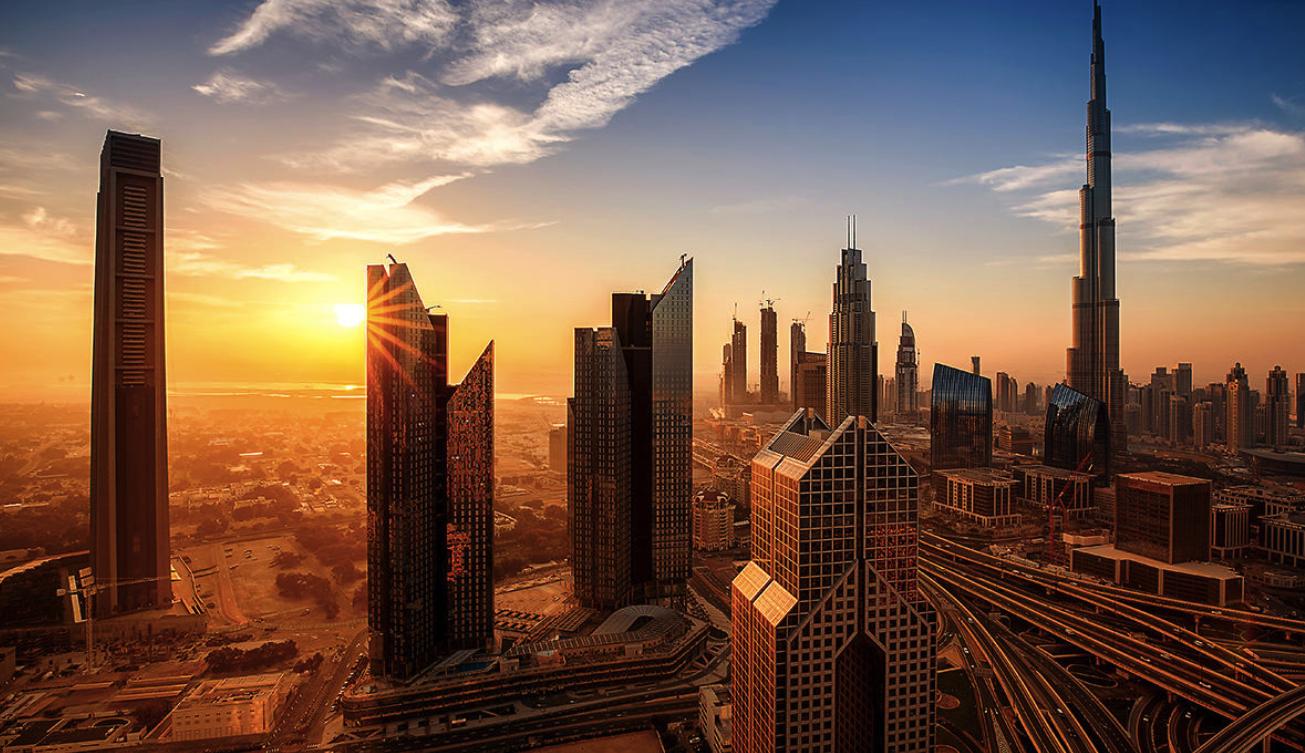
20 Real Estate Facts That May Surprise You in 2024 India
Apr 30, 2024
The real estate sector in India is a dynamic and ever-evolving space. Whether you're considering purchasing a property for personal use or as an investment, it's essential to stay informed about various aspects of the industry. In this article, we'll uncover 20 fascinating facts about real estate in India that you may not have known.
1. Online Searches: In India, the internet reigns supreme as the preferred medium for property searches. With India being the world's second-largest online market, approximately half of all real estate transactions in the country are conducted online.
2. Employment Generation: Following the agriculture sector, real estate is the second-highest employment-generating sector in India. It's projected that by 2030, the real estate sector will contribute over 13% to the country's GDP, touching a staggering USD 1 trillion.
3. Robust Demand: By 2025, the demand for real estate in India is expected to witness a significant increase of around 15-18 million square feet.
4. Government Initiatives: Under the Pradhan Mantri Awas Yojana (PMAY) Scheme, the Indian government aims to construct approximately 20 million affordable houses in urban areas.
5. Private Sector Investment: Private investments in Indian real estate have been on the rise. Favorable government policies, coupled with attractive valuations due to the pandemic, have led to a surge in private equity investments, surpassing USD 2.9 billion in the first half of FY21.
6. Post-Pandemic Trends: Positive real estate trends are anticipated post-pandemic, including increased demand for affordable housing, larger and more secure homes, and a preference for properties in Tier 2 & 3 cities.
7. Housing Shortage: India faces a substantial housing shortage, with approximately 11 million vacant houses despite a staggering demand for housing.
8. Most Expensive Private Residence: India is home to the world's most expensive private residential property, Antilia, owned by Mukesh Ambani, valued at around USD 1 billion.
9. Expensive Commercial Real Estate: Connaught Place in New Delhi ranks among the top 15 costliest commercial real estate markets globally, with occupancy costs reaching USD 111 per square foot per year.
10. LEED-Certified Space: India ranks third globally in LEED-certified space, with approximately 12 million square meters dedicated to sustainable building practices.
11. Occupancy Certificate (OC): The issuance of an Occupancy Certificate is essential for potential buyers to obtain bank loans or apply for utility connections.
12. Impact of the Pandemic: The real estate sector witnessed a temporary halt in transactions during the pandemic-induced lockdown. While it has since recovered, challenges persist.
13. Growing Sector: Over the past decade, the Indian real estate sector has grown at a CAGR of approximately 11%.
14. Fastest Constructed Building: India boasts one of the fastest-constructed buildings globally, with a ten-storey structure completed in just 48 hours.
15. Brass Doorknobs: Brass doorknobs are recommended for their self-disinfecting properties, contributing to a healthier living environment.
16. Real Estate Investment Trusts (REITs): REITs offer investors an alternative route to real estate investment without directly owning property.
17. Edible Floors: The Mattancherry Palace in Kochi features floors made from edible ingredients, adding a unique touch to its architectural heritage.
18. Impact of RERA: The implementation of the Real Estate Regulatory Act (RERA) in 2016 has brought about significant changes, promoting transparency and consumer protection.
19. Tax Benefits: Indian tax authorities offer a range of benefits to homebuyers, incentivizing property ownership.
20. Gurugram's Real Estate Boom: Apart from major metropolitan cities, Gurugram is experiencing significant development in residential and commercial spaces.
From online searches to sustainable building practices, the Indian real estate sector is a multifaceted domain undergoing rapid evolution. By staying informed about these facts, investors and buyers can make well-informed decisions in this dynamic market landscape.






